
Grand Poisson (Big Fish) Clay Dish
Pablo Picasso
Sculpture - 41.9 x 41.9 x 1.3 cm Sculpture - 16.5 x 16.5 x 0.5 inch
$24,500
Save your search and find it in your favorites
Save your search to find it quickly
Saved search
Your search is accessible from the favorites tab > My favorite searches
Unsaved search
A problem occurred

Sculpture - 41.9 x 41.9 x 1.3 cm Sculpture - 16.5 x 16.5 x 0.5 inch
$24,500


Design - 27.9 x 25.4 x 17.8 cm Design - 11 x 10 x 7 inch
$39,500

Design - 120 x 120 x 3 cm Design - 47.2 x 47.2 x 1.2 inch
$2,308
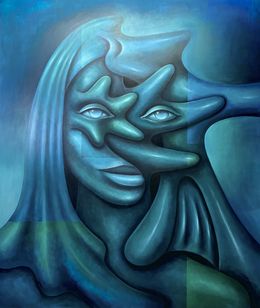

Painting - 116 x 89 x 3 cm Painting - 45.7 x 35 x 1.2 inch
$4,755

Painting - 130 x 180 x 2 cm Painting - 51.2 x 70.9 x 0.8 inch
$4,023


Painting - 170 x 140 x 2 cm Painting - 66.9 x 55.1 x 0.8 inch
$4,131

Painting - 152 x 122 x 2 cm Painting - 59.8 x 48 x 0.8 inch
$3,274

Painting - 220 x 330 x 2 cm Painting - 86.6 x 129.9 x 0.8 inch
$12,645

Painting - 60 x 80 x 1 cm Painting - 23.6 x 31.5 x 0.4 inch
$833

Painting - 150 x 200 x 1 cm Painting - 59.1 x 78.7 x 0.4 inch
$5,225


Print - 60 x 44 x 0.3 cm Print - 23.6 x 17.3 x 0.1 inch
$1,044
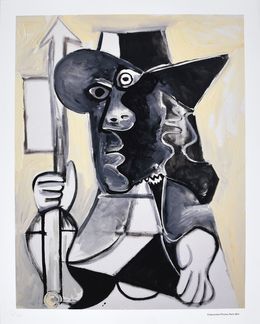
Print - 60 x 44 x 3 cm Print - 23.6 x 17.3 x 1.2 inch
$1,044

Painting - 100 x 100 x 3 cm Painting - 39.4 x 39.4 x 1.2 inch
$4,059
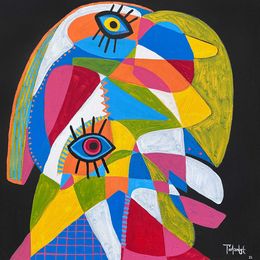
Painting - 70 x 70 x 2 cm Painting - 27.6 x 27.6 x 0.8 inch
$993






Painting - 200 x 340 x 2 cm Painting - 78.7 x 133.9 x 0.8 inch
$14,220

Painting - 40 x 50 x 1 cm Painting - 15.7 x 19.7 x 0.4 inch
$419


Painting - 162 x 130 x 4 cm Painting - 63.8 x 51.2 x 1.6 inch
$6,727 $5,381








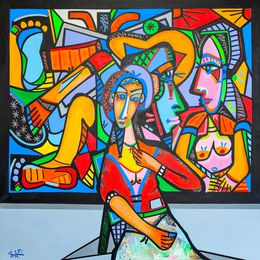







Print - 25 x 26 x 2 cm Print - 9.8 x 10.2 x 0.8 inch
$11,598 $9,858


Painting - 100 x 80 x 2 cm Painting - 39.4 x 31.5 x 0.8 inch
$5,219

Painting - 100 x 100 x 2 cm Painting - 39.4 x 39.4 x 0.8 inch
$5,799




Fine Art Drawings - 64 x 51 x 1 cm Fine Art Drawings - 25.2 x 20.1 x 0.4 inch
$1,856

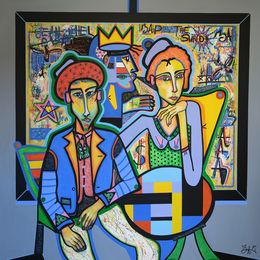

Painting - 150 x 150 x 2 cm Painting - 59.1 x 59.1 x 0.8 inch
$20,876

Painting - 120 x 120 x 5 cm Painting - 47.2 x 47.2 x 2 inch
$4,523





Fine Art Drawings - 65 x 50 x 1 cm Fine Art Drawings - 25.6 x 19.7 x 0.4 inch
$1,856

Print - 37 x 47.5 x 0.2 cm Print - 14.6 x 18.7 x 0.1 inch
$2,783

Print - 31.8 x 38.1 x 3.8 cm Print - 12.5 x 15 x 1.5 inch
$18,000


Print - 32 x 50 cm Print - 12.6 x 19.7 inch
$20,296

Painting - 152.4 x 121.9 x 5.1 cm Painting - 60 x 48 x 2 inch
$43,000

Painting - 150 x 150 x 3 cm Painting - 59.1 x 59.1 x 1.2 inch
$7,423






Painting - 65 x 50 cm Painting - 25.6 x 19.7 inch
$3,711




Painting - 81 x 100 x 4 cm Painting - 31.9 x 39.4 x 1.6 inch
$3,247


Painting - 100 x 100 x 3 cm Painting - 39.4 x 39.4 x 1.2 inch
$8,118


Painting - 100 x 100 x 3 cm Painting - 39.4 x 39.4 x 1.2 inch
$8,118


Painting - 100 x 100 x 3 cm Painting - 39.4 x 39.4 x 1.2 inch
$9,278

Painting - 100 x 100 x 3 cm Painting - 39.4 x 39.4 x 1.2 inch
$9,278


Painting - 30 x 40 x 3 cm Painting - 11.8 x 15.7 x 1.2 inch
$2,841


Painting - 130 x 100 x 3 cm Painting - 51.2 x 39.4 x 1.2 inch
$9,336



Painting - 100 x 160 x 2 cm Painting - 39.4 x 63 x 0.8 inch
$7,191

Print - 44 x 60 x 3 cm Print - 17.3 x 23.6 x 1.2 inch
$1,044

Fine Art Drawings - 65 x 50 x 1 cm Fine Art Drawings - 25.6 x 19.7 x 0.4 inch
$336

Painting - 140 x 140 x 2 cm Painting - 55.1 x 55.1 x 0.8 inch
$15,077

Painting - 76.2 x 55.9 x 2.5 cm Painting - 30 x 22 x 1 inch
$960
Cubism developed in Paris in the early 20th century, under not only the watchful gaze of Pablo Picasso, but also Georges Braque. Although Braque is arguably a convert to Cubism, they are considered to be joint leaders of the movement.
The artists channelled Cézanne's idea that art should not directly reproduce nature, but rather exist alongside it. Between 1907 and 1912, the artists produced the first examples of “Analytical Cubism," where they conveyed a sombre and unexpected depiction of the world. Natural forms were reduced to geometric, inorganic and lifeless shapes. It was Louis Vauxcelles who coined the term "Cubism" in his criticism of Braque's work. He accused the painter of reducing everything "with geometric contours to cubes." Cubism was initially heavily disliked by critics and poorly received by the public; who was arguably not ready for such an avant-garde artistic concept. However, regardless of its criticism, the style was still adopted by many artists including Spanish painter, Juan Gris.
From 1911 onwards, Cubism became more aesthetically pleasing and therefore more accessible to the public. This was largely due to Fernand Léger's bright and vibrant works, which were a lot more optimistic than previous Cubist renderings. This lead to a second wave of Cubism, known as "Synthetic Cubism." Synthetic Cubist works lacked depth and focussed more on composition, shape, and bright colours, as opposed to the systematic approach of Analytical Cubism. The aesthetic of Synthetic Cubism proved a lot more popular than previous years; revolutionising 20th century modern art.
Pablo Picasso: In 1907, Pablo Picasso unveiled what is considered to be the first Cubist painting, Les Demoiselles d'Avignon. He created this painting as a response to his friend and rival Henri Matisse's Bonheur de Vivre. Picasso was particularly inspired by primitive art and Paul Gauguin. He frequently painted controversial subjects, such as prostitutes in brothels.
Georges Braque: along with Picasso, Braque was the spearhead of the movement. In 1908, during his stay in l'Estaque, a district of Marseille, he painted several cubist landscapes. These landscapes piqued the interest of art dealer, Daniel Henri Kahnweiler, who organised the first ever Cubist exhibition in his gallery.
Fernand Léger: the artist introduced bright colours and compositions to his works; rendering them more optimistic than the previous Cubist works by Braque and Picasso. The Exit of the Russian Ballet is one of his most notable works.
Juan Gris: The young Spanish painter painted his first cubist painting in 1912. His Portrait of Pablo Picasso is one of his most famous works. The depiction of Picasso is less harsh and much brighter than in the early Cubist works.
Almost all the major artists who succeeded in finding a distinctive style before the First World War, would have experienced a Cubist phase at one time or another. This includes figures such as: Marcel Duchamp, Francis Picabia, František Kupka, Robert Delaunay and Piet Mondrian. However, Cubism has hugely impacted the history of art in both the 20th and 21st centuries, and the influence of this movement can still be felt today. Discover contemporary artists such as Vik Muniz, Miguel Guia, Julien Raynaud and Timothy Archeron who were inspired by this revolutionary movement.
Choose your preferences
The art is yours
The art is yours